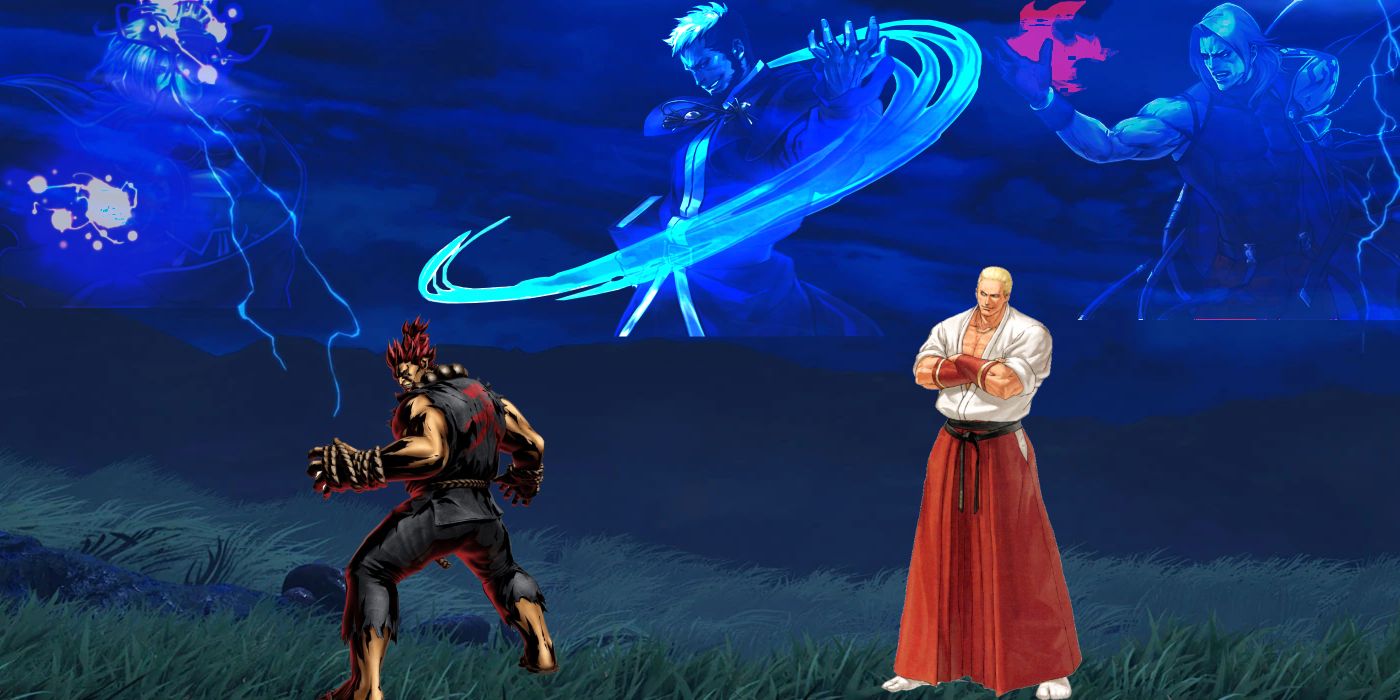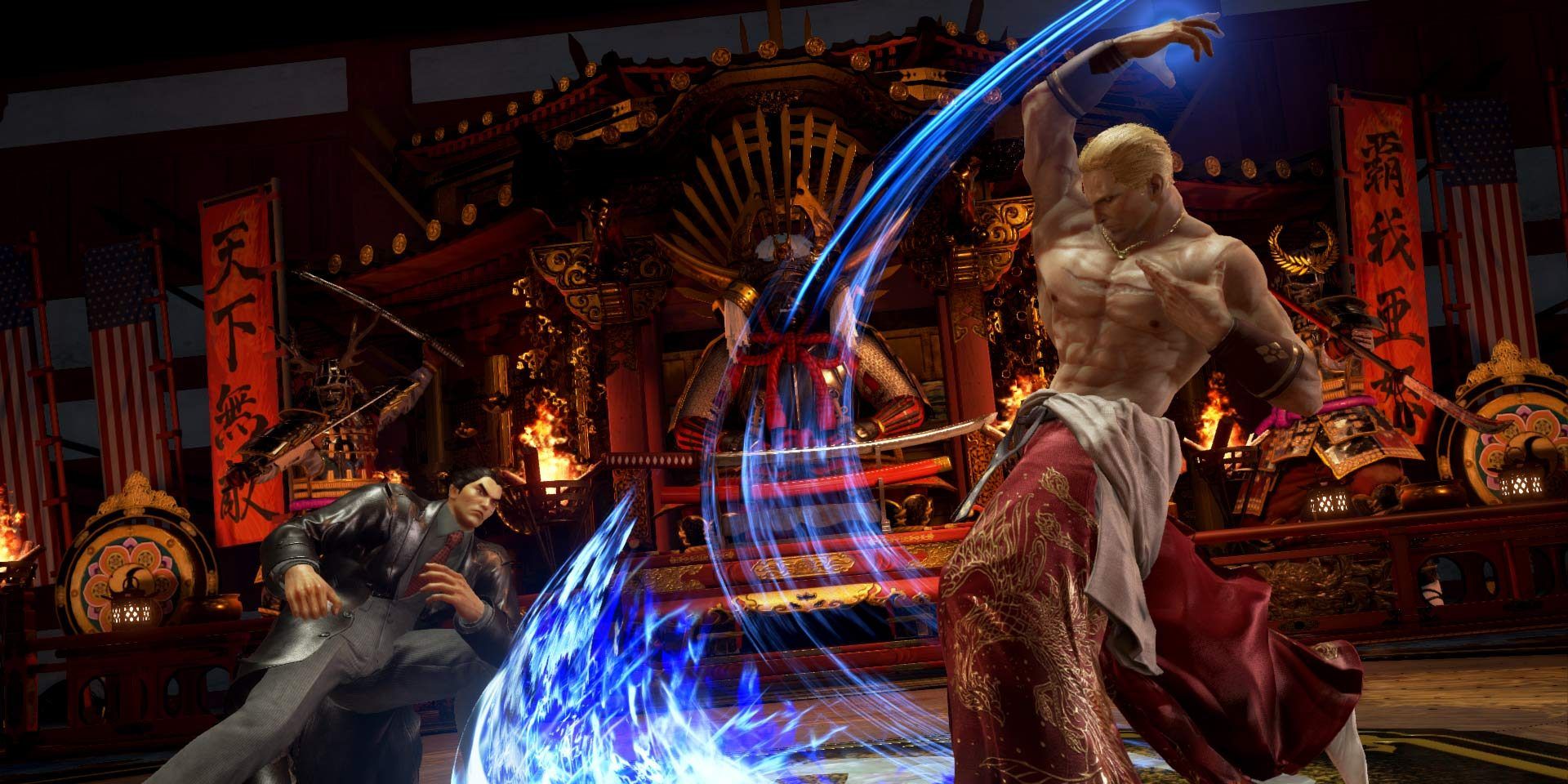There is such a thing as having too much difficulty in the final confrontation of a fighting game. Throughout their history in arcades and on consoles, fighting games such as The King of Fighters have been known to adhere to a certain form of competitive balance. This competitive balance is integrated through the game's main roster for the purpose of fairness. But when a player is playing the game's arcade mode by themselves, aspects of that balance are sometimes cast aside for particular encounters, leading to the infamous phenomenon of "SNK Boss Syndrome."
SNK Boss Syndrome has become the term for these battles, used to refer to boss characters that eschew the typical balance of the game. This is achieved through various methods, such as AI that reads a player's every input and reacts accordingly, moves that give the boss character powerful advantages, or the boss character simply not behaving as a normal member of the roster, with various immunities or armor built into the character itself.
SNK Boss Syndrome has its roots in the original arcade Street Fighter and Fatal Fury titles of the late 80s and early 90s. However, bosses of this design have since spread into other titles, manifesting in Mortal Kombat bosses like Shang Tsung, Shao Kahn, and, most recently, Kronika. SNK, the company for which this design choice is named, has made this a standard in almost every one of its fighting games, with a notable exception in The King of Fighters XIV. The bosses in SNK's latest entry to KoF veer away from the fabled difficulty of their predecessors, standing out for both better and worse.
The Good & Bad Of Fighting Games' SNK Boss Syndrome
Several boss characters in fighting games have become so renowned that they are as iconic as the mascots of the titles they inhabit. Both Street Fighter's Akuma and Fatal Fury's Geese Howard received crossover appearances in Tekken 7, with the former being implemented into the game's story. The high difficulty of their respective fights in their original titles adds to their mystique and solidifies the perception of their power, and this, in turn, adds to the accomplishment felt by the player for beating them. The inherent satisfaction of toppling the game's hardest challenge adds to the fulfillment of beating it, but there is a limit to how far this can go.
At the time of the first iterations of SNK Boss Syndrome, fighting games were primarily played in arcades, with console versions releasing later in the games' lifetimes and many console ports being viewed as inferior. In order to keep players glued to arcade cabinets when playing by themselves, boss encounters were made inordinately difficult. This was made evident in the console versions, where the bosses' AI was more reflective of the actual difficulty setting. In an era where most players are playing fighting games through home consoles, continuing to implement the SNK Boss Syndrome is just an archaic remnant of the glory days of the genre, when players spent as much time learning AI exploits as they did playing against their friends.
There is no denying the positive effect of this particular design choice, as it has made fighting game boss characters more well-known. Some fighting games today include special challenges or secret boss fights that reintroduce elements of the SNK Boss Syndrome, rather than leaving it as part of the main experience. This takes a cue from Akuma's debut in Super Street Fighter 2 Turbo as a secret encounter. However, as more fighting games prioritize console releases or skip arcades entirely, the difficulty spike associated with SNK Boss Syndrome may be better saved as a side attraction than a grand finale.


